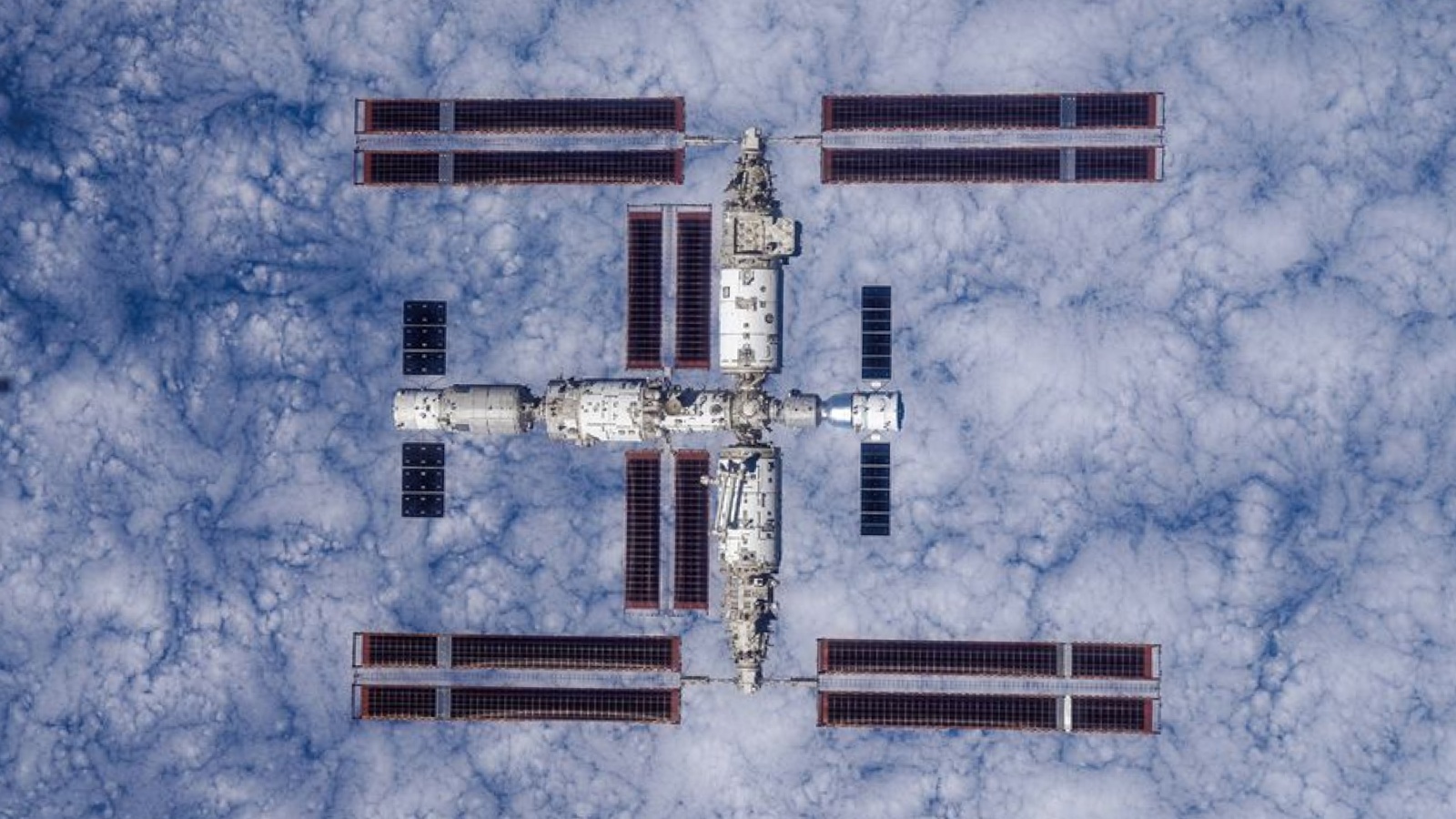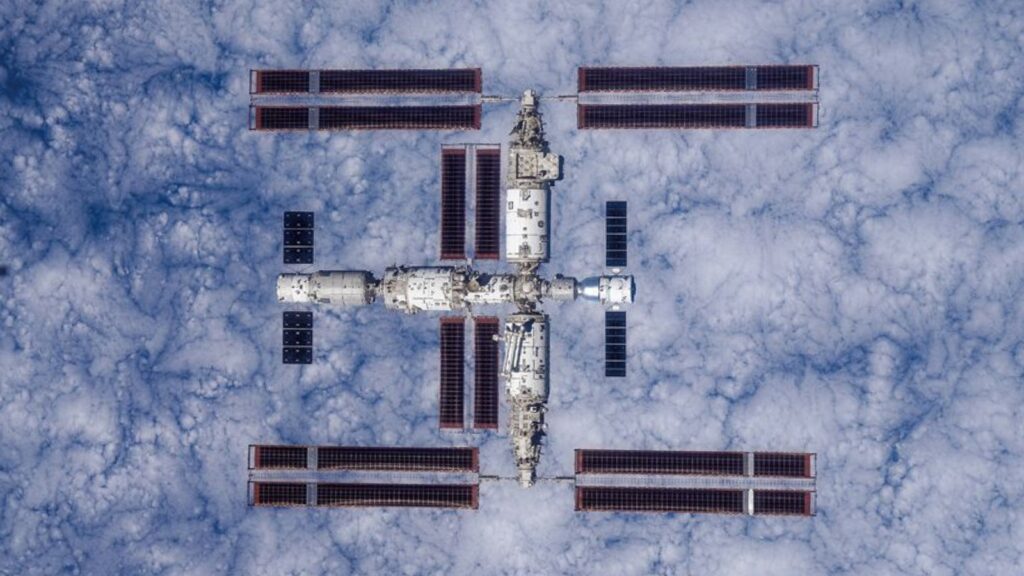
Scientists have discovered a new microbe never-before-seen on Earth inside China’s Tiangong space station.
The new strain of bacteria, named Niallia tiangongensis after the space station, is a variant of a soil-dwelling terrestrial microbe that can cause sepsis, and was found inside one of the station’s cabins.
Now, a new analysis of the strain has revealed that the bacterium isn’t only one of a kind, but has also picked up some key adaptations that could be helpful in future space missions. The researchers published their findings March 3 in the journal International Journal of Systematic and Evolutionary Microbiology.
“Understanding the characteristics of microbes during long-term space missions is essential for safeguarding the health of astronauts and maintaining the functionality of spacecraft,” the researchers wrote in the study.
The new strain was found in samples collected in 2023 by the crew of the Shenzhou-15 mission, who swabbed the space station’s modules with sterile wipes before freezing them for transport.
Related: Purple bacteria could be key to finding extraterrestrial life on exoplanets
After being sent back to Earth, analysis revealed that the bacteria was closely related to Niallia circulans, a rod-shaped, spore-propagating bacteria that typically dwells in soil, sewage and food, and can cause sepsis in immunocompromised patients.
However, the new strain had also picked up a few new adaptations to survive the harsh conditions of space. These include genes that code responses to oxidative stress, repair the bacteria from radiation damage, and enable it to form biofilms by breaking down gelatin to extract carbon and nitrogen.
It’s not yet clear if the new strain could cause harm to humans, but the researchers hope that by studying it further they could learn more about how it, and others, survive; as well as the best ways to prevent human astronauts from any risks associated with space-adapted bugs.
This isn’t the first microbe to have made the evolutionary leap to survive beyond our planet, either. In 2018, NASA scientists discovered four previously unknown strains of antibiotic-resistant bacteria hiding inside the International Space Station’s toilets, each with a suite of new adaptations to help them survive in outer space.
